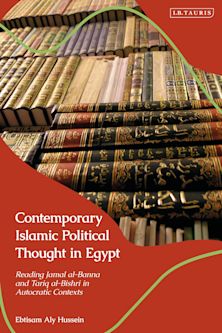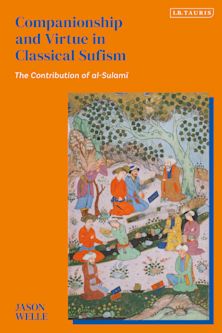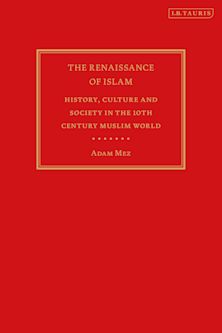- Home
- ACADEMIC
- Middle East
- Islamic Studies
- The Mosques of Colonial South Asia
The Mosques of Colonial South Asia
A Social and Legal History of Muslim Worship
The Mosques of Colonial South Asia
A Social and Legal History of Muslim Worship
You must sign in to add this item to your wishlist. Please sign in or create an account
Description
In a series of legal battles starting in 1882, South Asian Muslims made up of modernists, traditionalists, reformists, Shias and Sunnis attempted to modify the laws relating to their places of worship. Their efforts failed as the ideals they presented flew in the face of colonial secularism. This book looks at the legal history of Muslim endowments and the intellectual and social history of sectarian identities, demonstrating how these topics are interconnected in ways that affected the everyday lives of mosque congregants across North India. Through the use of legal records, archives and multiple case studies Sana Haroon ties a series of narrative threads stretching across multiple regions in Colonial South Asia.
Table of Contents
Acknowledgements
Note on Transliteration
Acknowledgements
1. Tajpur, Bihar, 1891: Leadership in Congregational Prayer
2. Rangoon, 1916: Muslim Diversity and Custodial Control of Instruction in the Mosque
3. Aurangabad and Kanpur U.P., 1924: The Magistrate's Control of the Mosque Perimeter
4. Lahore, 1940: Government Control over the Land Record
5. Kora Jahanabad, U.P., 1947: The Affirmation of General Rights in Waqfs by Expert Muslims
Afterword
Bibliography
Product details
| Published | Jun 17 2021 |
|---|---|
| Format | Ebook (PDF) |
| Edition | 1st |
| Extent | 248 |
| ISBN | 9780755634453 |
| Imprint | I.B. Tauris |
| Series | Library of Islamic South Asia |
| Publisher | Bloomsbury Publishing |
About the contributors
Reviews
-
“Through five illuminating case studies of disputes surrounding mosques across
British India and Burma, Sana Haroon explores the dilemmas of public worship
in a colonial secular state. Showing how mosques became spaces of social
influence and control, she traces the ascent of prayer-leaders and mosque
custodians as these lesser-known counterparts to Sufis and 'ulama became
widespread intermediaries between ordinary Muslims and legal officialdom.”Nile Green, Professor of History, UCLA
-
“Deftly bringing together colonial legal archives with vernacular texts in
Urdu, The Mosques of Colonial South Asia offers a bold new approach to
understanding lived Islam in colonial South Asia. Ranging from the late-nineteenth
century to the mid-twentieth, and from Rangoon to Lahore, the
book centers the mosque as a site of social change, sectarian debate, and legal
regulation. The result is a highly original take on a crucial aspect of Muslim
public life, the mosque, that historians have mostly overlooked.”Brannon D. Ingram, Associate Professor of Religious Studies, Northwestern University, USA
-
Haroon's book will undoubtedly be of lively interest to scholars of Muslims in South Asia as well as graduate students of South Asian Muslim history.
Usha Sanyal, The Journal of Islamic Studies

ONLINE RESOURCES
Bloomsbury Collections
This book is available on Bloomsbury Collections where your library has access.

































